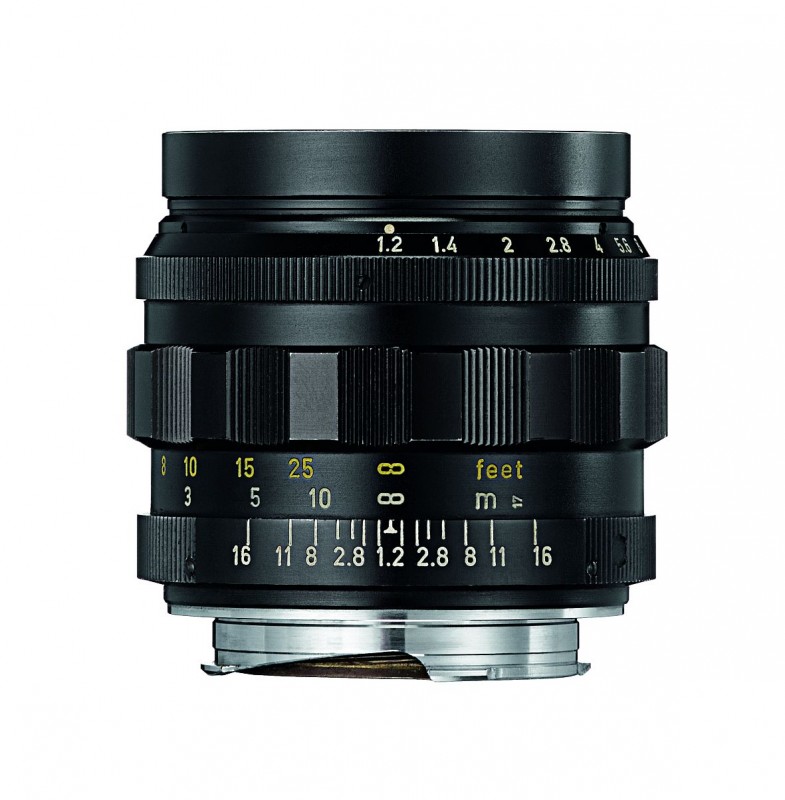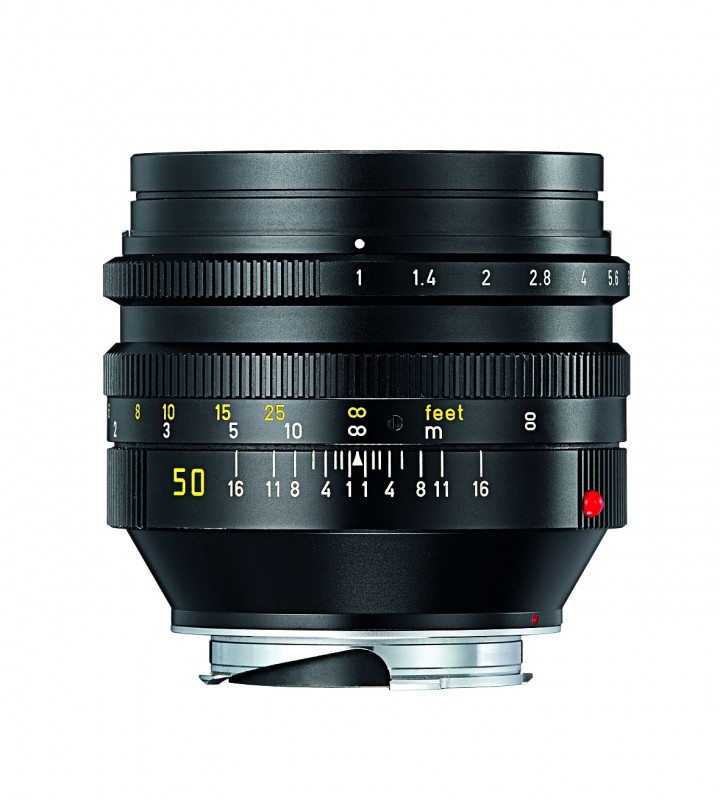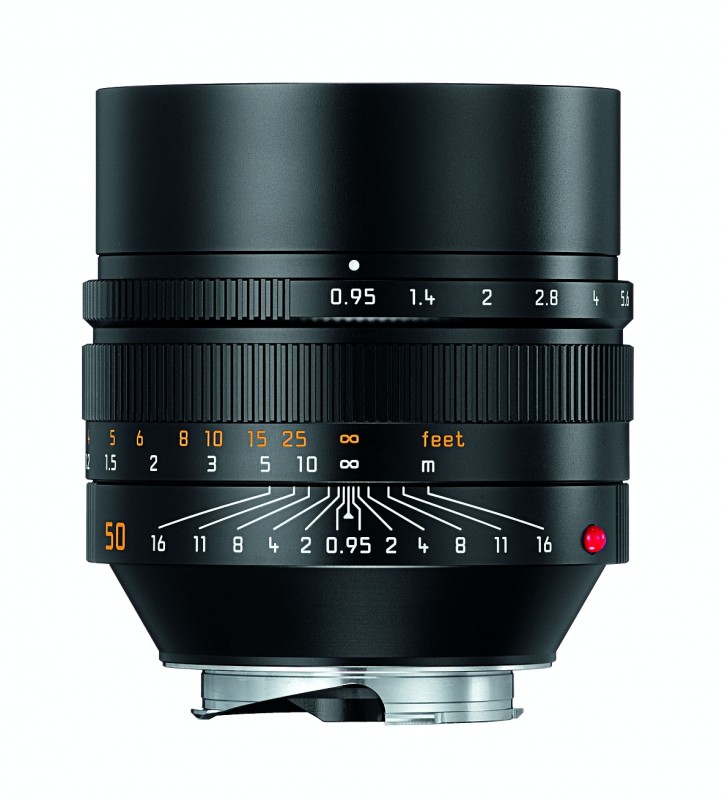50 Years of Noctilux
50 Years of Noctilux
October 5, 2016

Noctilux 50 mm f/1.2 (1966)
In 1966, during a time of intense competition among the market leaders, Leitz constructed the Noctilux 50 mm f/1.2 – the world’s first aspherical lens. This was an outstanding product whose open aperture performance was unparalleled. However, its construction was highly elaborate, given that the process of grinding and polishing the aspheres was in its pioneering stages.
The entirely spherical successor of the lens – the Noctilux-M 50 mm f/1 – benefitted from the technological advances in optical design, and stayed in the Leica programme from 1975 to 2008. With the introduction of increasingly sensitive and high-performance films, the question of lens speed became less of an issue – so that the Noctilux was considered by some as the superfluous lens in the M programme. However, this was when the lens' other qualities took centre stage, such as the inimitable aesthetics of its razor-thin depth of field and enchanting bokeh for unique portrait photography, detail studies or experimentation with highlights in the image background. For this reason alone it would never have occurred to Leica to part with the Noctilux. The only aspects of the lens that still required tweaking were its spherical aberration, as well as the focal shift that occurred when stopping down.
And so Leica summoned the entire scope of technological developments in aspherical lens construction since the 1990s, and created the Noctilux-M 50 mm f/0.95 Asph. It is not only the fastest lens of all time, but also a 50 mm lens that surpasses virtually all of its peers – even those with a lower initial aperture – without ever losing its magnificent bokeh.
View the most outstanding Noctilux pictures from the LFI Gallery!
The entirely spherical successor of the lens – the Noctilux-M 50 mm f/1 – benefitted from the technological advances in optical design, and stayed in the Leica programme from 1975 to 2008. With the introduction of increasingly sensitive and high-performance films, the question of lens speed became less of an issue – so that the Noctilux was considered by some as the superfluous lens in the M programme. However, this was when the lens' other qualities took centre stage, such as the inimitable aesthetics of its razor-thin depth of field and enchanting bokeh for unique portrait photography, detail studies or experimentation with highlights in the image background. For this reason alone it would never have occurred to Leica to part with the Noctilux. The only aspects of the lens that still required tweaking were its spherical aberration, as well as the focal shift that occurred when stopping down.
And so Leica summoned the entire scope of technological developments in aspherical lens construction since the 1990s, and created the Noctilux-M 50 mm f/0.95 Asph. It is not only the fastest lens of all time, but also a 50 mm lens that surpasses virtually all of its peers – even those with a lower initial aperture – without ever losing its magnificent bokeh.
View the most outstanding Noctilux pictures from the LFI Gallery!

Noctilux 50 mm f/1.2 (1966)

Noctilux-M 50 mm f/1 (1975)

Noctilux-M 50 mm f/0.95 Asph. (2008)